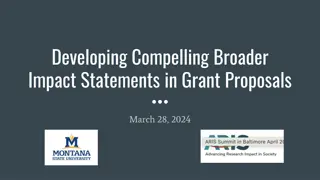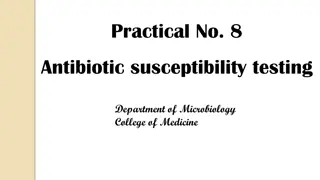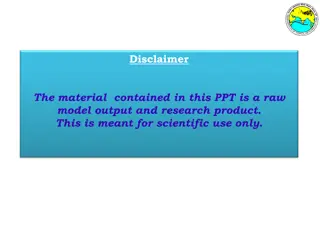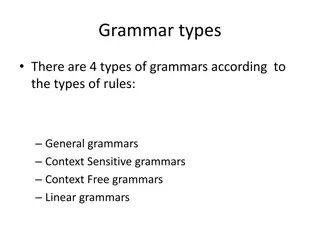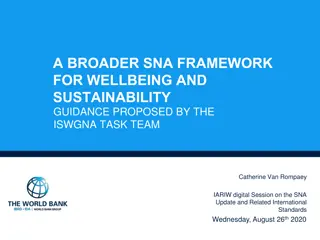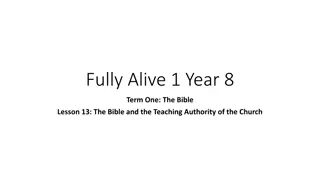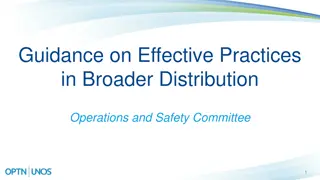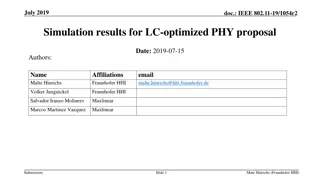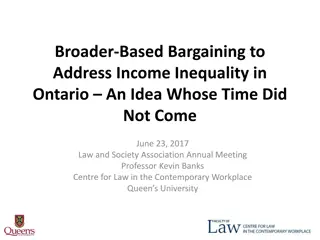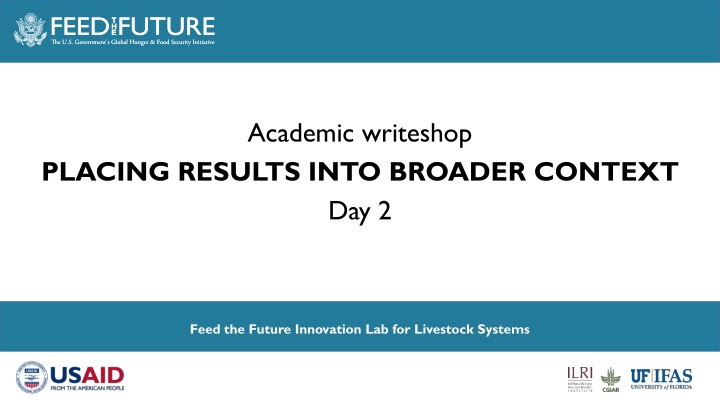
Placing Research Results in Context for Academic Discussion
Learn how to effectively contextualize research results in the discussion section of an academic paper. Understand the purpose, avoid common pitfalls, and explore the importance of addressing limitations. Enhance your scientific writing skills with practical tips and guidelines.
Download Presentation

Please find below an Image/Link to download the presentation.
The content on the website is provided AS IS for your information and personal use only. It may not be sold, licensed, or shared on other websites without obtaining consent from the author. If you encounter any issues during the download, it is possible that the publisher has removed the file from their server.
You are allowed to download the files provided on this website for personal or commercial use, subject to the condition that they are used lawfully. All files are the property of their respective owners.
The content on the website is provided AS IS for your information and personal use only. It may not be sold, licensed, or shared on other websites without obtaining consent from the author.
E N D
Presentation Transcript
Academic writeshop PLACING RESULTS INTO BROADER CONTEXT Day 2 Feed the Future Innovation Lab for Livestock Systems Photo Credit Goes Here
OUTLINE How to contextualize results in the Discussion section? - Purpose: going back to the Results - What did you learn? - What are the limitations? - What are the implications of the research? What are my Conclusions (if and how to use them)? Writing Time: Discussion section Share & Listen
WRITING A DISCUSSION SECTION Purpose of Discussion is to explain exactly what you have discovered, what the implications are, and which novel insights the scientific community can derive from it Two sources of information are combined: 1. Original data of the study 2. Relevant scientific literature Data are interpreted in the framework of the literature to describe what the outcome signifies and how it fits in the combined knowledge on the subject Scientific story reaches a conclusion and provides reader with take-home lesson The Discussion section has broader view than the Results section Once you finish the Discussion section, return to the Results section
DISCUSSION: WHAT TO AVOID? 1) Repeating the Results 2) Writing a Review instead of a proper Discussion
START WITH THE OUTLINE OF THE DISCUSSION SECTION Start with strong, captivating, sweeping statement about outcome of study Remainder of first paragraph should underpin the idea launched in the first sentence and briefly outline how the data support it Synthesis: bring together your own findings and the wisdom of existing literature to reach a novel insight Focus on 2-3 main ideas that are subsequently explored in more detail Actual data obtained during the research should be leading the storyline
LIMITATIONS PARAGRAPH Limitations sections can improve openness and transparency, to the benefit to the scientific community and beyond Can be included in the "Discussion" section or as a standalone section When discussing limitations of your research focus on: o Describing each limitation in detailed but concise terms o Explaining why each limitation exists o Providing reasons why limitation could not be overcome using the method(s) chosen to gather the data o Assessing the impact of each limitation in relation to overall findings and conclusions of your study o If appropriate, describing how these limitations could point to the need for further research
IMPLICATIONS OF RESEARCH Include the consequences of research findings in the Discussion section Inform how the findings, drawn from your results, may be important for and impact policy, practice, theory and subsequent research Implications of research can be: o Practical: potential value of study with real outcomes e.g. new methods to be applied o Theoretical: additions to existing theories or establish new theories; characterize ability of research to influence society in apparent ways Your findings must have important implications that lead to crucial new insights to be considered seriously!
MORE ON IMPLICATIONS Important implications are the ideal but may not (yet) be achievable. There is value in repeating studies, e.g., for verification or to add to the existing database to support meta-analyses or meta-modeling. For me as a risk assessor, there s never enough data. But a study should add at least insights that are relevant in the local context. So, a study like: we texted N samples of X for pathogen Y and found n positives of which m were resistant to antibiotic Z. The data have some value but not enough to be of interest. They should be interpretable in. The context of the local system. So, collect possible explanatory variables, or qualitative data on constraints or enabling conditions. It again starts with a hypothesis: we think the prevalence of Y in X is driven by A, B and C.
RECOMMENDATIONS While Implications discuss the importance of the research findings, Recommendations offer specific actions to solve a problem, based on your study results Answer: "What's next in this field of research?" Positioned in the Discussion section, after the Implications and before Concluding paragraphs / section Examples: o "Based on our findings, we recommend conducting periodic assessments to benefit fully from the interventions." o "These findings suggest that ... " o "These results should be considered when "
Type Beneficiary Recommendation Filling a knowledge gap Researchers Future research should explore the effectiveness of differentiated programs in special needs students. For practice Practitioners Future activities should introduce new models and methods to train animal health professionals on soft skills (like gender, effective communication, empathy) to improve service delivery programs. RECOMMENDATIONS IN RESEARCH EXAMPLES For a policy (targeting health and nutrition) Policymakers and management Government and livestock development policymakers need to encourage and popularize differentiated ways to improve health and nutrition understanding among vulnerable population.
WHEN TO INCLUDE "CONCLUSIONS" A tip from Prof. Arie Havelaar: Conclusions only when the journal requires it. I personally like research in context much more and encourage students to write it down before they start the discussion, even if the journal does not require it. It helps identifying what the implications of the study are. Sometimes Discussion is followed by Conclusions section or paragraph. Ask: is there a take-home lesson which the reader would otherwise miss? See example: https://www.thelancet.com/journals/lancet/ar ticle/PIIS0140-6736(14)62047-X/abstract Do not give point-by-point recapitulation of the main arguments you made earlier.
WRITING BLOCK (60 MIN) Working individually Write your Discussion section Remember: YOU'RE WRITING "YOUR STORY" AND SUPPORTING WITH "EXISTING WISDOM Answer the questions posed in your research objectives: WHAT IS THE TAKE HOME MESSAGE?
SHARE & LISTEN (10 MIN) 1-2 volunteers share their Discussion section.
Feed the Future Innovation Lab for Livestock Systems https://livestocklab.ifas.ufl.edu/ https://livestocklab.ifas.ufl.edu/ (Subscribe to newsletter) livestock-lab@ufl.edu livestock-lab@ufl.edu (Send questions or comments) Disclaimer This work was funded in whole or part by the United States Agency for International Development (USAID) Bureau for Resilience, Environment and Food Security under Agreement # AID-OAA-L-15-00003 as part of Feed the Future Innovation Lab for Livestock Systems. Additional funding was received from Bill & Melinda Gates Foundation OPP#060115. Any opinions, findings, conclusions, or recommendations expressed here are those of the authors alone.

